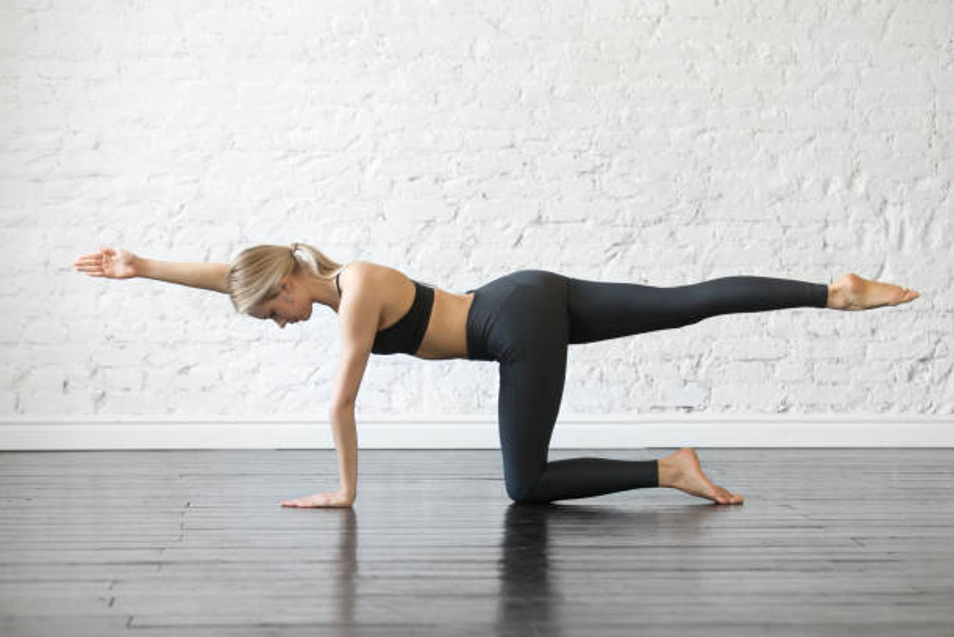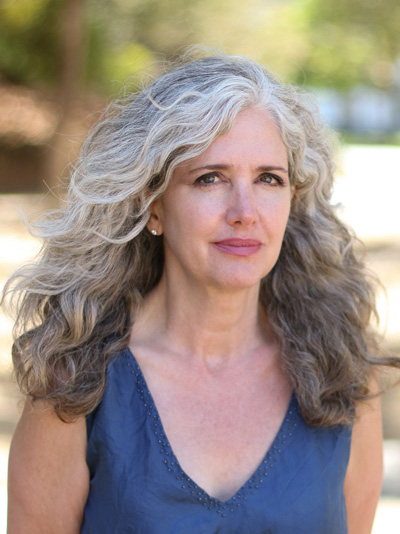Ashtanga Yoga: Is It Right for You?
Ashtanga Yoga is a dynamic and physically demanding form of yoga founded by K. Pattabhi Jois. It is a modern interpretation of ancient yoga philosophies, rooted in the teachings of Patanjali’s Yoga Sutras. It presents a path of purification through the practice of eight spiritual limbs.
The practice is structured around two sets of limbs. The first four limbs—Yama, Niyama, Asana, and Pranayama—are considered external cleansing practices. The remaining four—Pratyahara, Dharana, Dhyana, and Samadhi—are considered internal practices.
Pattabhi Jois believed that to effectively practice these limbs, a strong and healthy body is essential. Without physical strength, the mind and senses cannot function properly, and the practice will not be as effective. This philosophy emphasizes the importance of building a strong physical foundation before progressing to the more internal, meditative aspects of yoga.
The Core Principles: Vinyasa and Tristhana
Ashtanga’s unique approach is defined by two core principles: Vinyasa and Tristhana.
Vinyasa means “movement synchronized with breath.” It is a foundational element of the practice used for internal cleansing. In Ashtanga, each movement is paired with a single breath. This continuous flow generates internal heat, causing the body to sweat. This sweat is believed to purify the body by releasing toxins.
Tristhana is a key element that represents the union of three places of action and attention:
- Posture (Asana): The physical pose you are in.
- Breathing Technique (Pranayama): A specific breathing method used during the practice.
- Looking Place (Drishti): A focused point of gaze.
All three must be in sync to perform the practice effectively, allowing you to calm and stabilize your mind.
Ujjayi Breathing and Drishti
Ujjayi breathing is the primary breathing technique used in Ashtanga. It’s an audible breath that helps build internal heat and maintain a steady rhythm. The goal is to synchronize each movement with a single breath, creating a meditative flow.
Drishti refers to the specific point of focus for your eyes while in a pose. There are nine traditional Drishtis in Ashtanga. By directing your gaze, you train your mind to stay present and focused, which is crucial for achieving mental clarity and purification.
The Series
Ashtanga Yoga is practiced in a specific sequence of poses, divided into three main series.
- The Primary Series is a foundational sequence focused on aligning and detoxifying the body. It builds strength, flexibility, and endurance.
- The Intermediate Series works on opening and cleansing the body’s energy channels, purifying the nervous system.
- The Advanced Series (A-D) is for experienced practitioners. It requires a high level of grace, strength, and flexibility, and is designed to refine the practice.
Ashtanga is an intense and disciplined practice. It requires dedication and consistency, but for those who commit, it can be a powerful path toward both physical and mental well-being.







